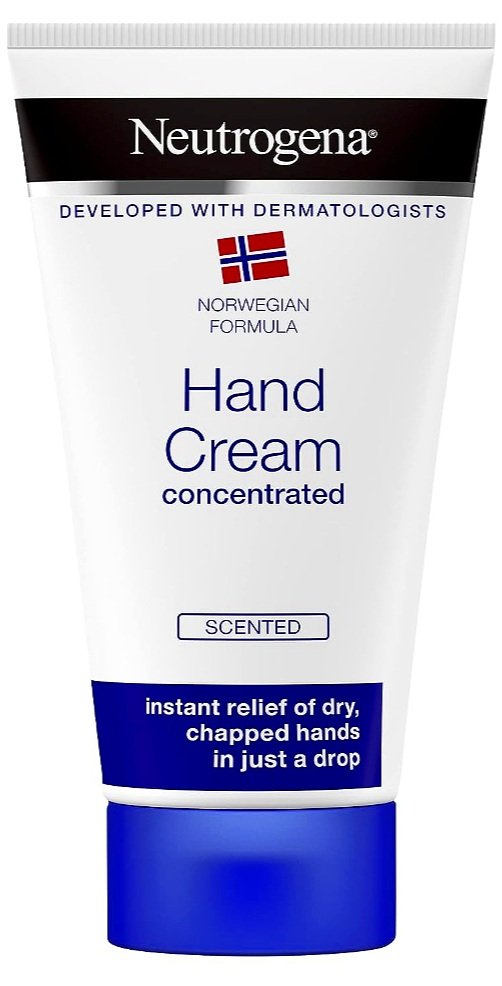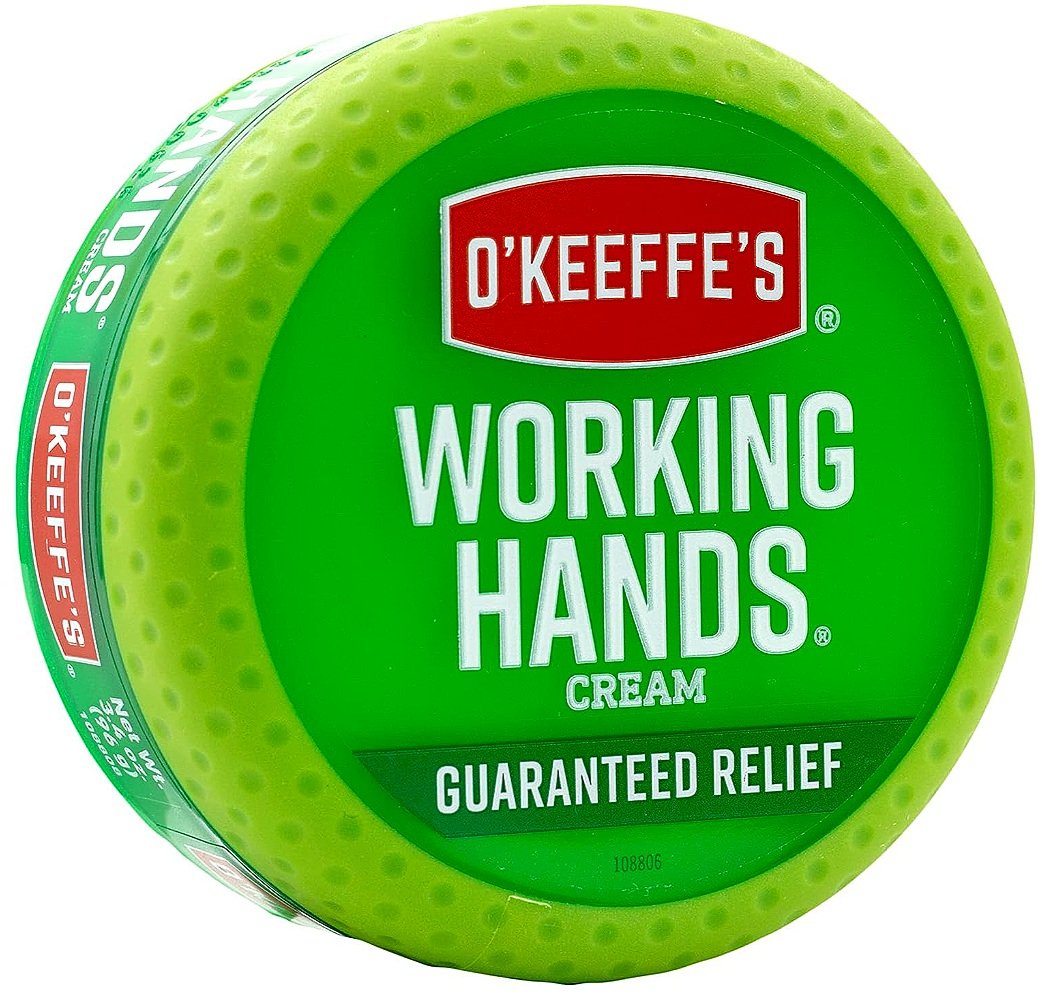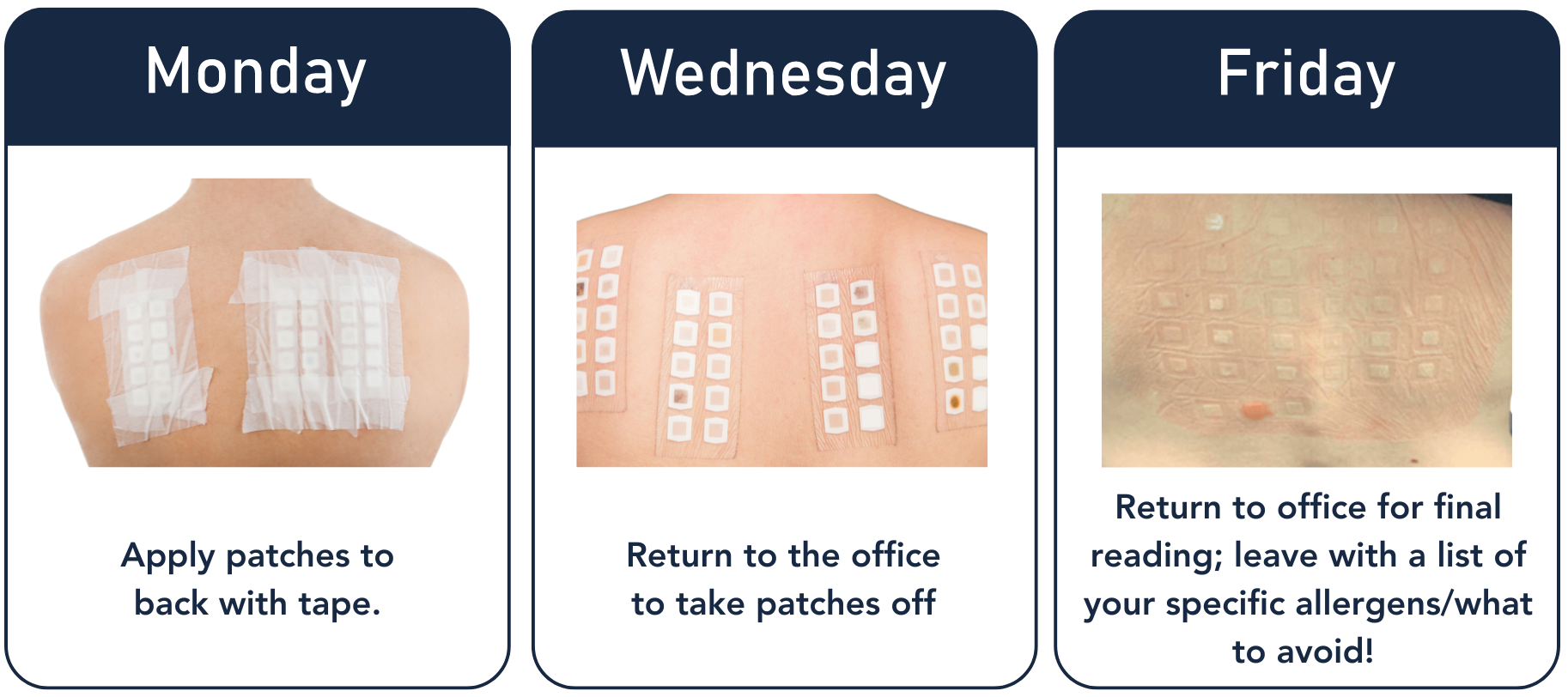
Doctor’s Note: Your Essential Guide to Hand Dermatitis
As dermatologists, we know that having dry hands can be more than just annoying. Chapped skin and even bleeding can make daily activities difficult. It’s often hard to know what will help, so we hope our information can give you everything you need to know about managing dry hands.
What is Hand Dermatitis?
Hand dermatitis, also known as hand eczema, is a common skin condition affecting the hands. The condition appears as red, inflamed, itchy, and sometimes blistered skin. In more severe cases, skin may become thick, cracked, or develop infections.
Most of the time, hand dermatitis is caused by coming into contact with something that irritates the skin, such as chemicals, or contact with something that causes allergic reactions.
Work that requires keeping your hands wet can also irritate the skin of your palms. Hand dermatitis is most common among mechanics, health care professionals, food industry workers, janitors, construction workers, electricians, and beauticians / hairdressers.
Hand Dermatitis Photos
Hand dermatitis can cause several uncomfortable symptoms. If you have this condition, you might notice redness, where the skin on your hands becomes red and inflamed. Itching is another common symptom, making your hands feel very itchy and causing you to want to scratch them. You might also experience swelling, which makes your hands look puffy. Dryness is another issue, where the skin on your hands becomes very dry and flaky.
Causes of Hand Dermatitis
So why does hand dermatitis happen? Almost all types of hand dermatitis involve damage to the top layer of skin, called the epidermis. When this layer is damaged, the skin can’t hold in water, and triggers from the environment can get in easily.
But why does our skin on our hands get irritated in the first place? There are a few main causes:
Atopic Dermatitis: Due to genetics, you may have naturally sensitive skin.
Allergic Contact Dermatitis: You are allergic to a specific trigger. These rashes usually appear in a specific shape where the allergen touched your skin. Common hand allergens include latex, fragrance, and nickel.
Irritant Contact Dermatitis: This happens from repeated exposure to irritating things, like frequent hand washing, detergents, oils, acids, wood, metals, plants, or gloves. It’s often caused by certain jobs, especially for cleaners, healthcare workers, mechanics, and hairdressers.
Common hand dermatitis triggers include water, wet work, soaps, detergents, solvents, oils, acids, alkalis, metals, wood, plants, raw meat, vegetables, paper, dust, soil, topical medications, gloves, and cosmetics.
Step-by-Step Hand Dermatitis Treatment
If you have hand dermatitis, we’ve got you covered! Start by choosing a thick, fragrance-free moisturizer or hand cream to keep the skin hydrated; applying it after washing hands is especially helpful. For itchiness and inflammation, a mild hydrocortisone cream can reduce redness and swelling, but it’s best to use it for only a week or so at a time. Look for gentle, soap-free cleansers to avoid further drying out the skin. Avoiding hand sanitizers with alcohol and choosing products labeled "for sensitive skin" can also make a big difference.
Step 1: Cover Open Wounds
If you have open wounds, clean hands and apply liquid bandage to cover until healed (likely 1-2 weeks).
Step 2: Use Hydrocortisone
Apply hydrocortisone twice daily x 2 weeks. Since the skin of the hand is so thick, it’s not likely to be super effective (you need stronger prescription steroids for the hands). But it’s good in a pinch! You should ideally use greasy ointment instead of white cream.
Step 3: Moisturize Often
Apply moisturizer multiple times daily. It is best applied on WET skin. I often get asked “Is working hands good for eczema?” And the answer is yes! However, Neutrogena’s Norwegian Hand Formula is the best hand moisturizer in my opinion. However, Neutrogena likes to tease us with availability. Sometimes this product is available, sometimes it is not. I do not understand Neutrogena’s mysterious ways when it comes to the production of their Norwegian Hand Cream.
Step 4: Choose the Right Hand Sanitizer
Hand sanitizer for eczema can be tricky, as many contain alcohol, which can dry out and irritate sensitive skin. If you have eczema, look for hand sanitizers labeled as moisturizing or alcohol-free. These are often gentler on the skin and may contain added ingredients like aloe vera or glycerin to help maintain moisture. Using a fragrance-free hand sanitizer can also reduce the risk of irritation, making it a better option for sensitive skin.
Step 5: Wear Protective Gloves
Wear gloves at night or when doing tasks around the house to protect irritated skin. This can be used at night or during tasks. The fingerless design helps with phone touch screens. Note: Nitrile is NOT latex! You can safely use nitrile if you have a latex allergy.
Step 6: Consider Phototherapy
For long-lasting hand dermatitis, consider using a home UVB (311nm) phototherapy device 2-3 times per week. Note: this is NOT red light, blue light, LED, laser, etc. It is Ultraviolet B (311 - 313 nanometer wavelength). Learn more about phototherapy here.
Preventing Hand Dermatitis
Preventing hand dermatitis takes a few simple steps. Having a good daily skincare routine can protect your skin. Here are some easy tips to help prevent flare-ups:
Daily Skincare Routine: Preventing hand dermatitis begins with a gentle, fragrance-free moisturizing cleanser. After washing, gently blot your hands dry and apply moisturizer right away.
Wear Gloves: Protect your hands by wearing gloves when washing dishes, using cleaning supplies, or preparing food to avoid harsh chemicals and irritation.
Thick Moisturizer: Use a thick, cream-based moisturizer and keep one at each sink in your home, applying it every time you wash your hands.
Remove Rings: Take off any rings before washing, as soap can get trapped under the rings and irritate your skin.
Short, Lukewarm Showers: Keep showers short and use lukewarm water instead of hot to avoid stripping your skin of natural oils. After showering, pat your skin dry and apply any topical prescriptions followed by a moisturizer.
Avoid Alcohol Sanitizers: Alcohol-based hand sanitizers are drying, so avoid them if possible. If needed, choose a hydrating hand sanitizer, like the one from the Honest Company.
Stay Consistent: Maintain your skincare routine even when your skin looks clear to help prevent flare-ups.
On-the-Go Moisturizer: Carry a small tube of gentle cleanser or moisturizer with you to keep up with your routine on the go.
Limit Triggers: Avoid potential triggers, such as new cosmetics, skincare products, and household cleaners, and opt for products labeled safe for sensitive skin.
Cover Sores: Cover any open or bleeding areas on your hands to protect them as they heal and prevent further irritation.
Hand Dermatitis Prescriptions
Sometimes, over-the-counter creams and lotions aren't enough to handle hand dermatitis. When that happens, doctors often prescribe stronger medicines that you can only get with a prescription. These prescription topicals are usually more powerful and can help manage the symptoms better. If over-the-counter options aren't working, it's important to talk to your doctor about getting a prescription. The most common prescriptions we use for hand dermatitis include:
Topical Steroids
Topical Steroids reduce itching and inflammation. Stronger steroids are typically needed to penetrate the thick skin of the hands, and they work best when applied to damp skin. However, prolonged use can thin the skin. Common examples include Clobetasol and Betamethasone.
Eucrisa Ointment
Eucrisa is similar to a steroid but isn’t one. It’s safe for regular daily use, reduces inflammation, and is approved for patients aged 2 and up. Be cautious, as it may cause some skin burning or stinging.
Dupixent Injections
Dupixent Injections are given every two weeks and work by targeting inflammation proteins (IL-4 and IL-13). This option is often used when topical treatments aren’t enough. There is a risk of eye issues, but the injection itself is very easy and you don’t see the needle!
Phototherapy
Phototherapy uses UVB light to reduce inflammation, itching, and scaling. Patients can visit an office 2–3 times per week or buy a home unit. However, this treatment has risks, including sunburn, skin aging, and a higher cancer risk, and it requires a time commitment.
What Is Patch Testing?
If you have flare-ups that last more than 4–8 weeks or keep coming back, you might consider patch testing. Patch testing helps identify specific allergens that could be causing your hand dermatitis. Small amounts of different substances are placed on your skin with adhesive patches, and the skin’s reaction is observed to find the cause of the inflammation. The usual patch testing schedule is:
If we're being honest, patients hate this test because you cannot shower for the week, or do anything that will make you sweaty. It’s a pain to do, but it’s a great allergy test!
The T.R.U.E Test is a commonly used system for patch testing. It tests for 36 allergens in total. To see what allergens are tested, click here!
Another commonly used system is called the North American 80 Comprehensive Series (NAC-80). It tests for 80 allergens in total. To see what allergens are tested, click here!
Friday Picture: Mann J, Caruana D, Luo E, Gottesman E, Agrawal N, Lozeau D, Hessel J, Neumann M, Khanijo S, Hasan Z, Rizvi K, Gunther R, Donovan D, Chan D, Lee-Wong M, Szema AM. Attenuation of Human Growth Hormone-Induced Rash With Graded Dose Challenge. Cureus. 2022 Aug 12;14(8):e27920. doi: 10.7759/cureus.27920. PMID: 36110455; PMCID: PMC9464419.
Problems Caused by Hand Dermatitis
Hand dermatitis can cause serious problems that impact daily life. Some of these problems include:
Skin Infections: Scratching can break the skin, which increases the risk of infections.
Thickened Skin: Chronic scratching can cause the skin to thicken over time.
Job Risk: People working in healthcare, cleaning, and hairdressing are at high risk for hand dermatitis, which can impact their job performance.
Reduced Quality of Life: Hand dermatitis can interfere with daily activities, making tasks that need fine motor skills, like typing, more difficult.
Mental Impact: The visible symptoms of hand eczema can sometimes lead to self-consciousness and social withdrawal.
Hand dermatitis isn’t just physically uncomfortable—it can also lead to emotional stress, causing feelings of embarrassment and anxiety. These challenges highlight the importance of managing and treating hand dermatitis properly.
Hand Dermatitis FAQs
How to treat dermatitis on hands?
Treat dermatitis on hands by using a gentle, fragrance-free moisturizer regularly, avoiding harsh soaps, and wearing gloves when using cleaning products. For severe cases, consult a dermatologist for prescription treatments like topical steroids.
What does dermatitis look like on hands?
Dermatitis on hands often appears as red, itchy, and inflamed patches. It can also cause dryness, cracks, or blisters, depending on the severity and type of dermatitis.
How to get rid of dermatitis on hands?
To get rid of dermatitis on hands, identify and avoid triggers such as allergens or irritants. Use soothing moisturizers, apply medicated creams as prescribed, and keep the skin protected with gloves.
What causes dermatitis on hands?
Dermatitis on hands can be caused by frequent exposure to irritants (e.g., soaps, chemicals), allergens (e.g., fragrances, latex), or underlying conditions like eczema or atopic dermatitis.
How to help dermatitis on hands?
Help manage hand dermatitis by keeping hands moisturized, avoiding exposure to irritants, using gentle cleansers, and applying anti-inflammatory creams as needed.



























